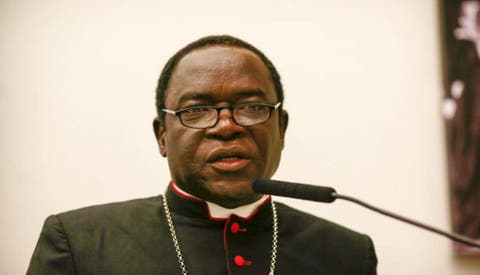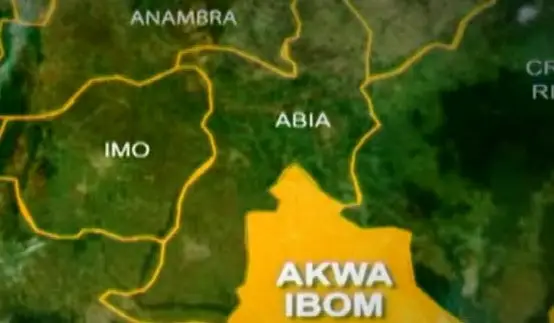Despite dismal electricity supply averaging a daily load offtake of 3,200 megawatts, the Federal Government and end users, in the first six months of 2023, spent about N686.18 billion on subsidy or bill payment.
Given indications that electricity subsidy, which is increasing by N135 billion, quarterly, could push the 2023 total to N441 billion, the government has paid, at least, N171 billion as subsidies in the last six months.
This came as end users paid N515.18 billion under a Service Based Tariff (SBT), where market players woefully failed to improve supply to 5,000 megawatts, in accordance with a contract by Nigerian Electricity Regulatory Commission (NERC).
Stakeholders have also lambasted the aspiration by Minister of Power, Adebayo Adelabu, to push electricity generation to 20,000 megawatts by 2025, a development some described as ‘political megawatts.’
NERC had said the 11 distribution companies (DisCos) collected N247.09 billion in the first quarter of 2023. This was out of N359.38 billion billed customers. It corresponded to a collection efficiency of 68.75 per cent, representing a decline of 4.58 per cent compared to 73.33 per cent recorded in the last quarter of 2022.
The subsidy or collection shortfall and tariff shortfall, usually paid by the Federal Government through Nigerian Bulk Electricity Trading Company (NBET), stands at N112 billion.
In the second quarter of the year, the DisCos, which had signed a minimum remittance order with NERC, fell short of their expectations to collect N267.86 billion out of N354.61 billion billed customers. The development leaves the Federal Government with a shortfall of N87 billion. Collection shortfall within the period, therefore, stands at about N209 billion.
While NERC was expected to have increased tariff in July in the face of inflation, foreign exchange challenges and floating of the naira, the current administration had delayed the plan. The development led to a subsidy of about N135.23 billion, which NERC blamed on inability to enforce cost reflective tariffs.
NERC said: “In the absence of cost-reflective tariffs, the government undertakes to cover the resultant gap (between cost-reflective and allowed tariff) in the form of tariff shortfall funding.
“The government incurred a subsidy obligation of N135.23 billion in 2023/Q2, which is an increase of N99.21 billion (+275 per cent) compared to the N36.02 billion incurred in 2023/Q1.”
NERC’s second report, however, showed that seven DisCos recorded over 100 per cent remittance performance in the period. These DisCos include Ikeja (115.21 per cent), Ibadan (112.86 per cent), Benin (111.32 per cent), Eko (111.20 per cent), Enugu (108.52 per cent), Jos (108.48 per cent) and Yola (102.44 percent).
The Guardian had reported that the Federal Government spent nothing less than N2.8 trillion to subsidise electricity consumption from 2015 to June, 2023.
Crumbling as a result of the liquidity crisis, the country’s power sector has distorted the books of financial institutions and pushed Small and Medium Enterprises as well as manufacturers out of business, while failing to report profit.
Stakeholders, in separate interviews, insisted privatisation of the electricity sector has failed, and that cosmetic solutions being deployed by the government would only add salt to the wound.
Energy scholar at the University of Ibadan, Prof. Adeola Adenikinju, said problems in the electricity sector were fundamental, stressing that a partial approach would not solve the problem.
“The sector requires a holistic, general equilibrium approach. Piecemeal solution would be like covering a wall crack by simply putting a paper wall over it,” he said.
Former Chairman of NERC, Sam Amadi, also noted that the situation of the sector shows that “the privatisation failed.”He said: “We have to sit down and review the assumptions of privatisation and think through how to amend some of the errors and redirect the sector toward coherence and efficiency.”
Renowned energy economist, Prof. Wunmi Iledare, said 20,000 MW power capacity in two years is a big task within the context of availability of primary energy sources.
He said: “Perhaps, there is information he is privy to that is not in public domain on hydro potential, nuclear option, non-associated gas discoveries and renewables that can just be tapped for power generation in two years.”







